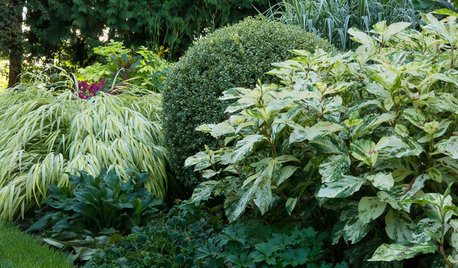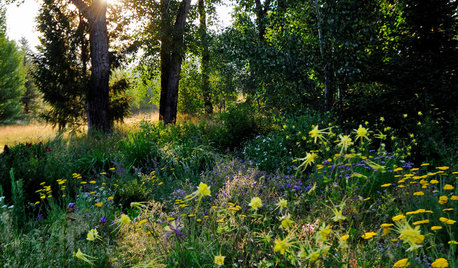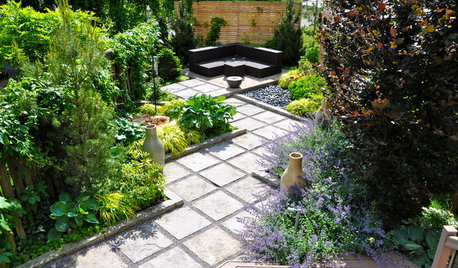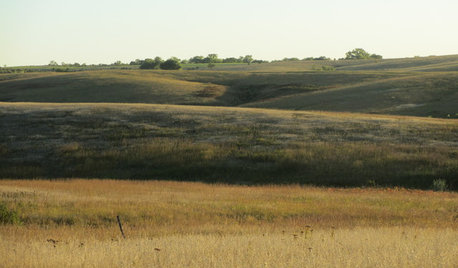Japanese Knotweed
veronicastrum
19 years ago
Related Stories

PLANTING IDEASGreat Garden Combo: Play With Foliage Patterns in a Border
Splashes, spots and stripes: Confidently mix things up in your border planting with our 4-step recipe
Full Story
NATIVE PLANTSWhy Aggressive Plants Might Actually Be Your Friends
Sometimes a garden thug is exactly what’s called for
Full Story
COASTAL STYLEHow to Make Your Oceanfront Garden Thrive
You may love the beach, but many plants don't. Learn which ones are best for your warm-weather oceanside garden getaway
Full Story
LANDSCAPE DESIGNHow to Create an Unforgettable Garden
Make an impression that will linger long after visitors have left by looking for the possibilities and meaning in your landscape
Full Story
GARDENING GUIDESHow to Get Your Prairie On
Have a field day with your landscape, even if you've got just a few modern containers on a paved path
Full Story
EXTERIORSWhere Front Yards Collide: Property Lines in Pictures
Some could be twins; others channel the Odd Couple. You may never look at property boundaries the same way again
Full StorySponsored
Professional Remodelers in Franklin County Specializing Kitchen & Bath
More Discussions




Josh
WendyB 5A/MA
Related Discussions
wanted Japanese knotweed seeds
Q
Japanese Knotweed-how do I get rid of it
Q
Please tell me this isn't Japanese knotweed..
Q
It's Japanese Knotweed season again
Q
magpiepix 5b/6a
brandon7 TN_zone7